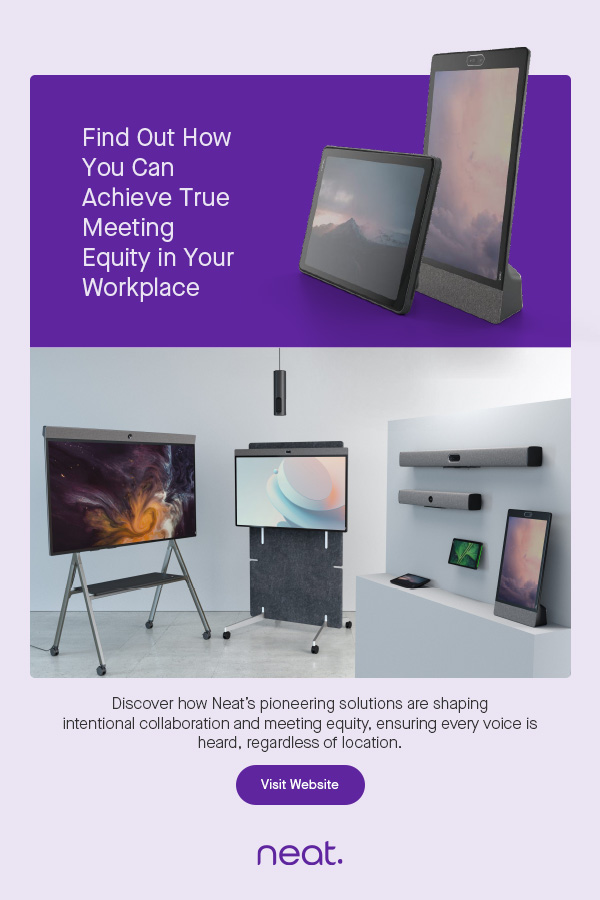Mark Gregory, an associate professor in network engineering at RMIT University, and a critic of the Coalition Government's multi-technology mix rollout, claimed in an op-ed that this level of expenditure would be unavoidable because of the route from ADSL to FttP that the government had decided to take.
He said that apart from this expenditure, the NBN Co would also have to make $1 billion annual payments to Telstra for the use of infrastructure that it leases.
"By 2025, Turnbull will have no more than two million premises connected using FttP. It is very likely that most of the five million premises NBN Co is connecting to the NBN with FttN/VDSL2 before 2021 will still be connected to the NBN with FttN/VDSL2 in 2025."
|
|

"The government and NBN Co staunchly refuse to acknowledge that the Australian experts who stated that the cost of FttP would fall by 40% to 50% as the FttP rollout proceeded and that the time taken to connect premises to FttP would significantly fall were right," he asserted.
"Why is this? Turnbull is responsible for the biggest government infrastructure blunder in Australian history, one that will cost more than $30 billion to fix and put Australia more than a decade behind our competitors in the global digital economy. The evidence is clear."
Gregory, who is also managing editor of the Australian Journal of Telecommunications and the Digital Economy, contrasted the situation in Australia with that in both the UK and New Zealand, pointing out that one crucial difference was that in both these countries the existing dominant telecommunications player had been split into retail and wholesale divisions.
While the UK regulator Ofcom had obtained an undertaking that British Telecom would split into BT (retail) and Openreach (wholesale), both Labor and Liberal Governments failed to convince Telstra to do the same.
"As a result, BT and Openreach are now effectively two separate companies owned by the umbrella company BT Group, and the Openreach Board and CEO are free to develop and pursue a business model that will optimise its wholesale offering," he said.
Gregory said the next step should have been forcing Telstra to split, much in the same way that Telecom New Zealand was forced to split into Spark (retail) and Chorus (wholesale) in 2012.
Instead, Labor decided to set up another entity, NBN Co, in 2009 to build the NBN and supply 93% of residents with fibre to the premises. But this meant Telstra was the dominant player and by NBN Co having to make initial and ongoing payments to it, the financial model for the new entity was not viable.
While NBN Co had made a great deal of noise about moving some of its consumers from the dominant FttN/VDSL2 technology - which will link more than 60% of premises to the NBN - to fibre-to-the-kerb, that would happen only after 2021.












































